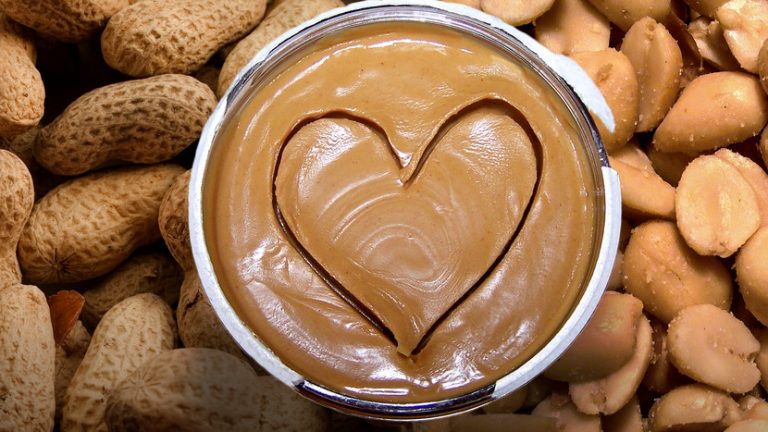10. Peanut Butter
Unlike jellies or jams that pair so well with it, peanut butter is best stored at room temperature. Refrigerating peanut butter can cause it to become dry and hard, making it difficult to spread. To maintain its creamy and spreadable consistency, keep it in a cool, dark, and dry place like a pantry or cupboard.
However, there’s an exception for natural peanut butter. Natural or organic peanut butters often lack the added stabilizers found in conventional brands. As a result, they can separate, with the oils rising to the top, if not refrigerated. Storing natural peanut butter in the refrigerator helps prevent this separation and extends its shelf life.
For regular peanut butter, room temperature storage not only preserves its texture but also enhances its flavor, making it more enjoyable to use in sandwiches, baking, or as a snack. Just make sure the container is tightly sealed to prevent exposure to air, which can lead to oxidation and affect the taste over time.
If you live in a particularly warm climate, you might consider refrigerating peanut butter to prevent the oils from becoming rancid. In such cases, allow it to sit at room temperature for a short while before use to soften it up for easier spreading.












0 Comments